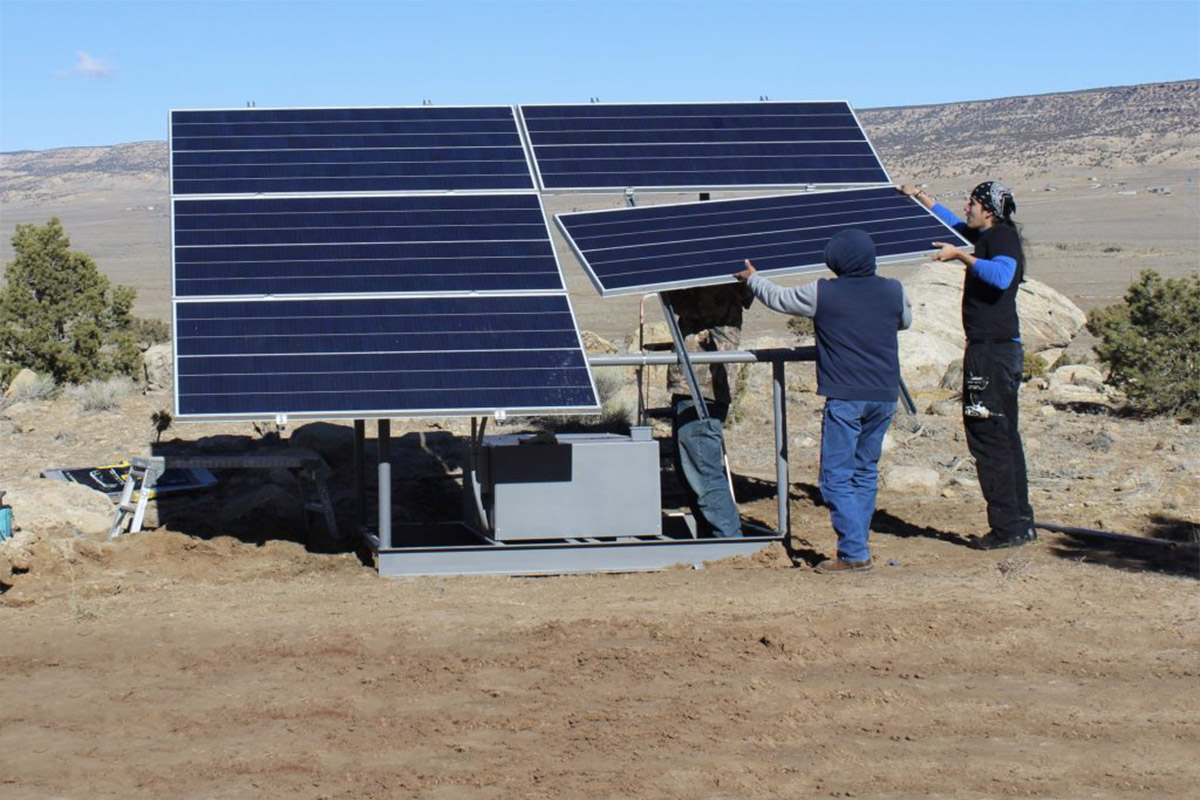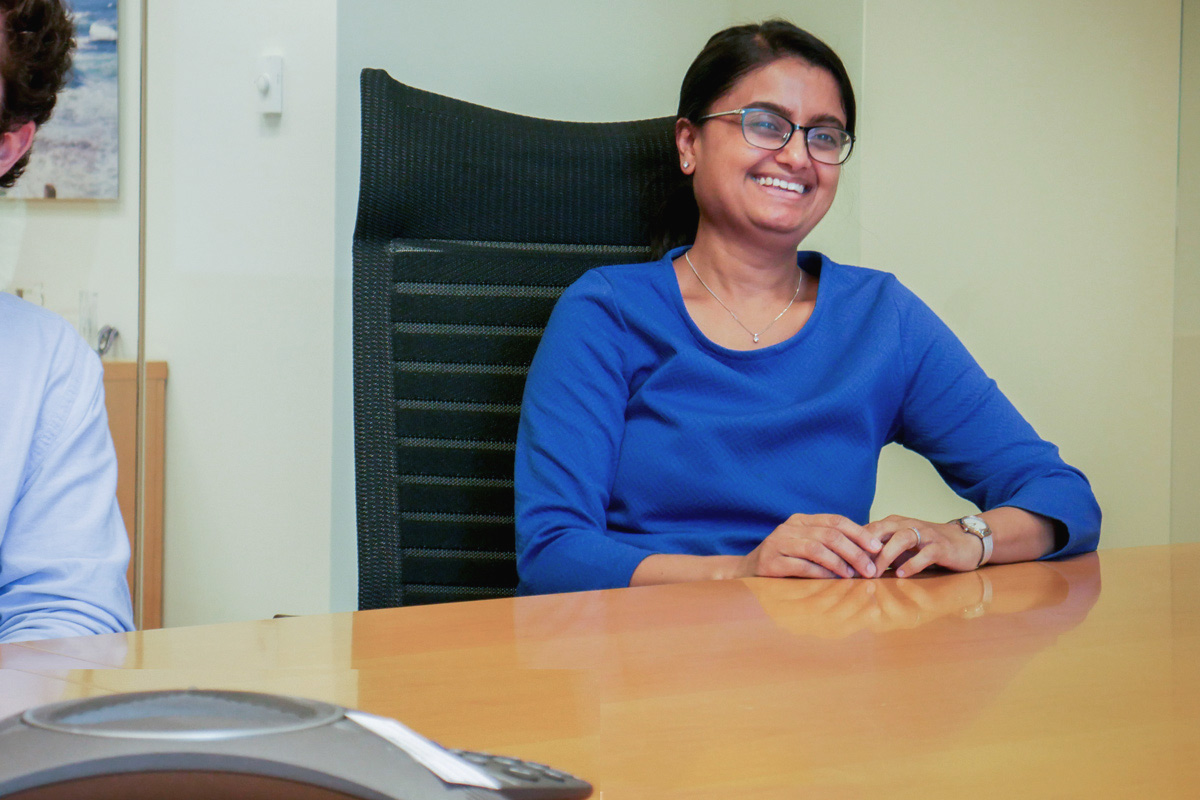NWAF Program Director Karla Miller has almost 15 years of PRI experience and shares how an investment with Montana & Idaho Community Development Corporation (CDC), now MoFi, led to insights that foundations and CDFIs can use to better assess when and how to take on risk.
When we started making PRIs at the Foundation back in 2004, we were looking to be innovative. Our mission calls for us to fund pathways out of poverty toward prosperity that can be sustainable for the people of our region.
Only a fraction of our nearly half-billion-dollar endowment was awarded in grants each year. We wanted to use more of our endowment to meet the many unmet needs and opportunities in our communities.
“Our mission calls for us to fund pathways out of poverty toward prosperity that can be sustainable for the people of our region.”
So, we put some of our endowment to work by making investments in organizations that supported our mission—what’s otherwise known as mission investing. A PRI is a form of mission investing that functions, essentially, as a loan. PRIs prioritize social outcomes over profit and provide less-than-market-rate returns.
We’ve been making PRIs, all of which we’ve invested in CDFIs, for 14 years. It’s been a very positive experience.
Since 2004, we’ve made 20 PRIs totaling more than $14 million. And they’ve been successful, producing remarkable social impact and positive (albeit modest) financial returns that we’ve rigorously measured in partnership with NEPC (see our report on this from earlier this year).
Our PRIs come from our endowment and don’t count toward our 5 percent grantmaking payout. We invest all our PRIs in community development financial institutions (CDFIs). CDFIs provide safe and affordable capital that responds to community needs for lending, entrepreneurial funding, and much more.
A PRI we issued to MoFi years ago had the best of intentions . . .
One of our first investments was in Montana & Idaho CDC, a CDFI that sought, among other things, to address the unmet funding needs for higher-growth businesses that created jobs and income for rural communities in Montana. MoFi, as it’s now known, received a $400,000 PRI from us as part of a pool of $1.5 million it would use to make equity-like investments of “patient capital.”
“We wanted to use more of our endowment to meet the many unmet needs and opportunities in our communities.”
Seven startup, high-growth businesses in Montana gave up a percentage of their business ownership in exchange for financing, and they could buy back their ownership stake over an extended period of time. The idea was that these investment products, which were equity-like in nature, would support new opportunities for quality jobs and economic growth. The intended product matched up well with our goals.
Unfortunately, the PRI to MoFi resulted in a nearly 50 percent loss.
. . . but our loss on the investment provided MoFi and us greater learning that is helping us make better investments.
One reaction I could have had was to never consider making another PRI that assumed any risk. We had limited experience making PRIs for investment products that were equity-like in nature, as did MoFi. Though the PRI had been set up by his predecessor, MoFi’s current CEO Dave Glaser became an active partner in finding ways to build our relationship through the experience he inherited.
“. . . Always keep the bigger goal in mind: If we don’t take risks, if we’re not willing to stumble once in a while, we can’t find new ways to create better opportunities for low-income entrepreneurs and marginalized communities to build wealth and assets.”
Dave and I were very frank with each other about what worked well and what didn’t. MoFi learned from the experience and it has moved on to scale its impact in ways I could not have imagined. Some of this growth came as a direct result of our shared learning and how CDFIs can leverage their strengths to take smart risks. Over the course of the PRI and afterward, we gained insights about taking on risk in a better way.
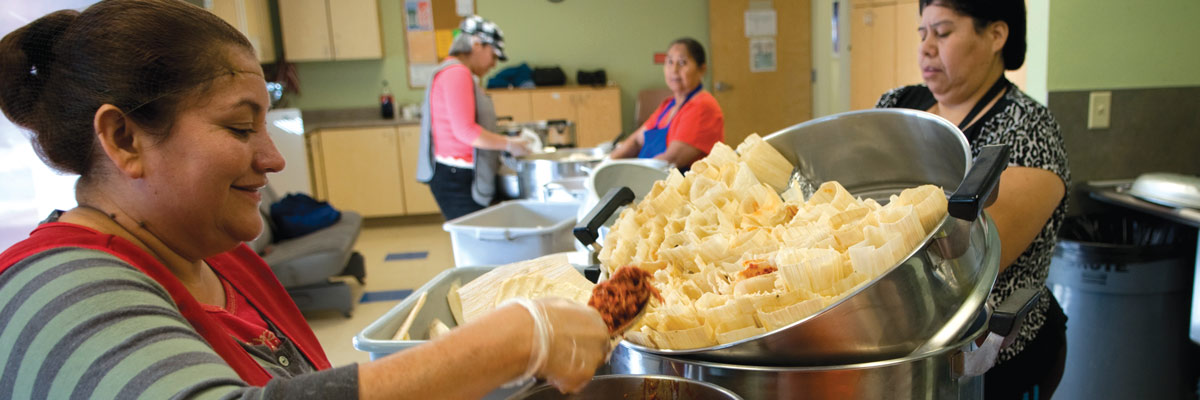
Dave and I arrived at four ideas for foundations and CDFIs to consider when taking on risk.
The learning was so useful to Dave and me that we came up with four insights that we’re sharing below. We’re also presenting these for a panel at Opportunity Finance Network’s 2018 conference.
1. Ask more questions upfront to make sure everyone fully understands the product.
When we issued our first PRI, its equity-like structure was new and involved a different risk profile than the straight debt that CDFIs were accustomed to. Our first step should have been to make sure everyone—CDFIs, borrowers, NWAF— understood what they were getting into, had the core competencies to manage the investment, and were ready for the commitment.
2. Spend more time structuring the investment, agreement, and reporting.
We awarded MoFi the entire amount of the PRI in one lump-sum payment at the outset of our investment, even though not everyone knew and fully understood each other’s expectations and responsibilities. Some of these agreements can be really complex. If Dave or I were to do it over again, we’d handle things a bit differently.
We’d release PRI funding incrementally as the CDFI showed sufficient capabilities (staffing, technology, infrastructure, etc.) necessary to successfully deploy the investment.
We’d take more time to ensure that everyone involved was aware of the means of reporting and knew how and when repayments were set to occur. We’d build in more check-in conversations and account for the current social and economic environment. For instance, we might structure different levels of repayment over a longer term if an economic downturn (like the one in 2008) affected the ability for some of the businesses to repay.
Overall, we’d be more flexible throughout the process to allow for adjustments to the way things were being handled if they weren’t working as expected or if the CDFI required a different kind or level of support than we were providing.
It’s helpful, too, to strike a balance on this. While we want to understand more about the businesses and the agreement, we don’t want to interfere in their operations or become too entangled with the details.
3. Leverage peer-to-peer learning to understand innovation.
Means of offering investment products that are equity-like in nature—and innovations in doing so—come and go. Even if an investment is doing something new, chances are that another lender has tried it, or something like it, before. It’s worthwhile to take full advantage of peer-to-peer learning.
MoFi had received some advice about making equity investments from other CDFIs in its peer network. Several peers said that MoFi’s investments wouldn’t work without a fuller understanding of equity investments and how repayments were structured. MoFi didn’t act on this advice because the circumstances of its investment were somewhat different. But if MoFi had been able to pull out the lessons learned from its peers and course correct some of its investments, the results would’ve most likely been better.
4. Create a culture of smart risk taking.
CDFIs, foundations, and other impact investors are working to create lasting change and high impact. If you don’t fail once in a while, you aren’t trying hard enough.
But foundations and CDFIs both need to understand their tolerance for risk. They should be sure of how much of their investment they can afford to lose and their strategy for absorbing it. For instance, we account for losses in the interest rates we charge.
Some questions that Dave and I would ask ourselves if we were to take this kind of risk again would be:
- How will we absorb losses?
- Do we understand how and why a delinquent payment might occur?
- Does the CDFI have the capacity to take on an entirely new type of investment?
- How are we accounting for vulnerabilities in the sectors we’re investing in? (This might’ve been especially helpful as the Great Recession occurred.)
Keep at it.
A final insight that overarches all of this experience: Maintain an attitude of learning and growing and be willing to weather short-term losses in order to garner long-term gains. The lessons we learned from the challenges of our PRI with MoFi have helped us become more successful in advancing social impact and providing positive financial returns in the long run. The experience taught us and MoFi how to become smarter in assessing when and how to take on risk.
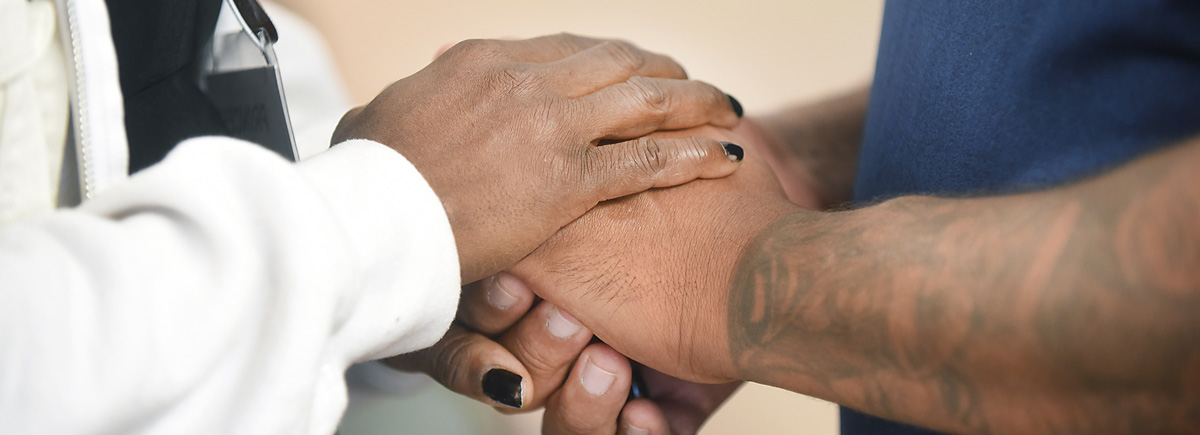
So, keep asking questions. Keep testing and fine-tuning. Keep talking and building relationships. Take risks—when you’re prepared and able to do so.
And, always keep the bigger goal in mind: If we don’t take risks, if we’re not willing to stumble once in a while, we can’t find new ways to create better opportunities for low-income entrepreneurs and marginalized communities to build wealth and assets.
If you’re interested in learning or discussing more about this, we’re glad to speak with you.
Author
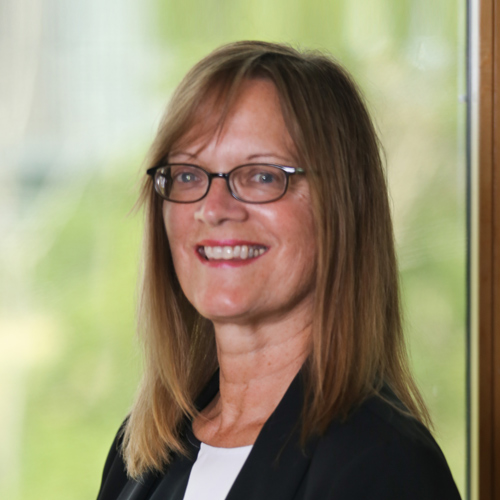
Karla Miller
Program Director, Northwest Area Foundation
Learn more about our mission investing
Read moreTags: Impact Investing

